The Heel bone or Calcaneus is the rearmost and at the same time largest foot bone. It gives the foot stability and is the starting point for the Achilles tendon, for the most important calf muscles and for the tendon plate below the foot, as well as for several muscles in the sole area. The rearmost part of the calcaneus forms the bony basis for the heel, with which pressure forces coming from above are transferred to the floor.
What is the heel bone?
The heel bone, the calcaneus, is the largest and most posterior tarsal bone of a total of 26 foot bones. It is located a little laterally inwards and fulfills a variety of complex functions. The almost cuboid-shaped bone serves as an articulation point for the Achilles tendon and the most important calf muscles as well as the tendon plate of the sole of the foot and some other ligaments and muscles under the foot.
It therefore has an extremely important position for the statics of the foot. On the upper side, the calcaneus is connected to the talus and absorbs its forces, which can be considerable when walking, jumping and running.
The heel bone transfers the enormous pressure forces to the ground. In order not to collapse, it must meet high strength requirements. Towards the front, towards the toes, the calcaneus maintains the tension in the arch of the foot and is therefore supported on the cuboid bone, to which it is connected via an articular surface.
Anatomy & structure
The calcaneus consists of bone mass and contributes specially shaped protrusions and joint surfaces to fulfill its diverse functions. On the upper side of the calcaneus, three articular surfaces are formed, the middle of which is located on a process called the sustentaculum tali. It establishes the connection to the talus (talus).
A broad tendon furrow can be seen on the plantar side. The connection to the cuboid bone in front of the calcaneus (Os cuboideum) is established by another joint surface. The posterior part of the calcaneus, recognizable from the outside, is designed as a cusp (tuber calcanei), which serves on the upper side as a starting point for the Achilles tendon (Tendo calcaneus), the twin calf muscles and the clod muscle.
On the underside there are two bumps on which the tendon plate of the sole of the foot and several muscles have grown, which can be used to control the movement of the individual toes. Additional bone protrusions and grooves serve as protection and guide channels for numerous other tendons and muscles.
Function & tasks
The calcaneus takes on a multitude of complex tasks and functions. The upright gait of humans requires differentiated movement patterns of the foot, for which a total of 26 foot bones, including the toe bones, are available.
The calcaneus plays a major role in absorbing pressure, shear and twisting forces. The main pressure forces arise when running and especially when jumping from a great height. The calcaneus absorbs the forces and transfers them to the floor without collapsing.
Shear and twisting forces occur when the grown muscles and ligaments are stressed, e.g. B. when running and jumping and when climbing, when the toes are loaded. The calcaneus plays another important role in maintaining the tension in the longitudinal arch of the foot.
Illnesses & ailments
The most common complaints in connection with the heel bone arise from a bony lower or upper heel spur (calcaneus spur) in the attachment area of the Achilles tendon (upper spur) or the plantar tendon plate (lower spur).
It can lead to painful irritation and inflammation of the affected tendon attachments and cause considerable discomfort. Start-up pains in the morning are typical and decrease again with movement. In this context, a total rupture of the Achilles tendon as well as bursitis and Haglund syndrome or Haglund exostosis (overbone) should also be mentioned. Similar symptoms can also be caused by osteoarthritis of the joint surfaces of the calcaneus.
Rarely, the calcaneus can fracture through direct, violent impact or through fatigue, e. B. by falling from a height of several meters and landing unchecked directly on the heel. Heel fractures are mostly so-called debris fractures that require surgical treatment (plates and nails). Congenital misalignments of the foot and unsuitable footwear that is worn over a long period of time can contribute to gradually increasing pain in the area of the heel bone.
Furthermore, primary tumors - starting directly from the bone cells - or secondary cancerous ulcers (daughter carcinomas) rarely develop in the area of the calcaneus. Bone cysts filled with tissue fluid also rarely develop directly in the heel bone. They are usually benign, but can cause discomfort when pressure is applied to the heel bone, i.e. discomfort when walking. Sharp pain when walking can be caused by so-called plantar warts under the sole of the foot. Plantar warts form thorn-like appendages that cause a sharp pain when walking.

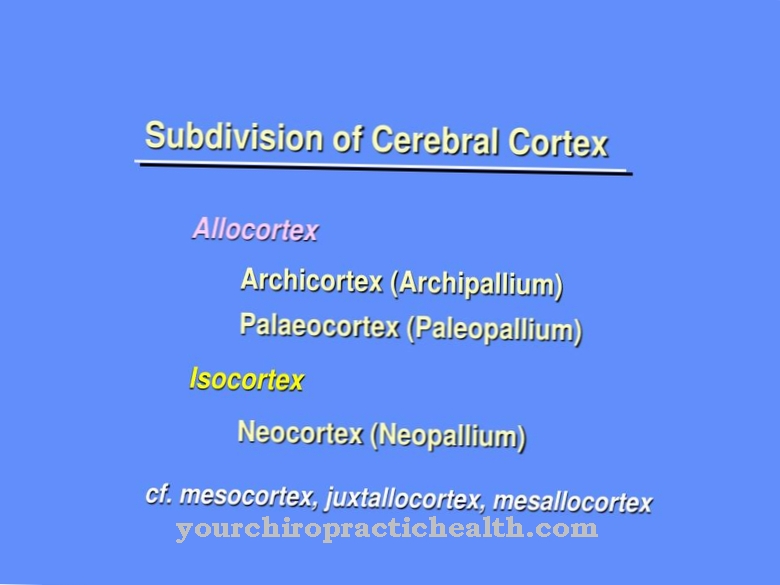
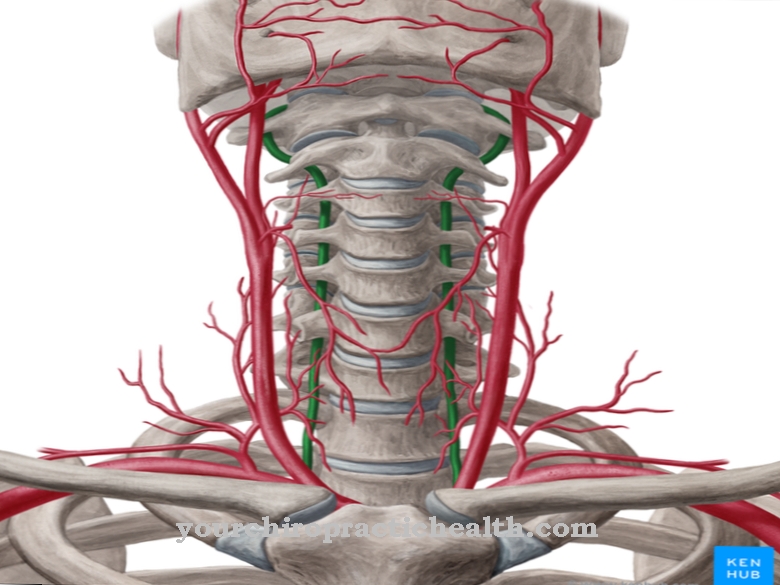
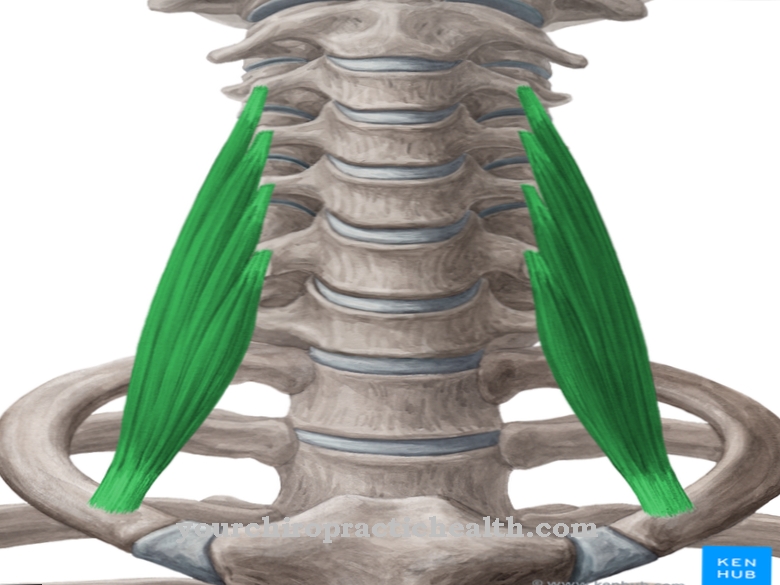
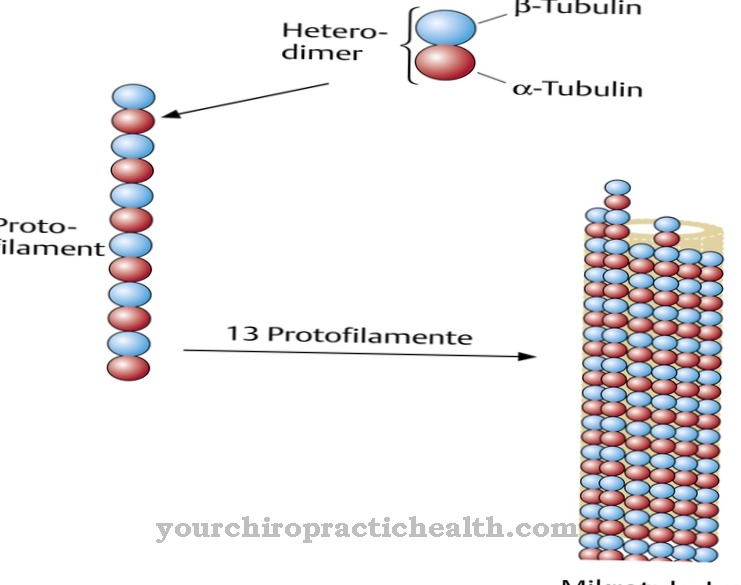
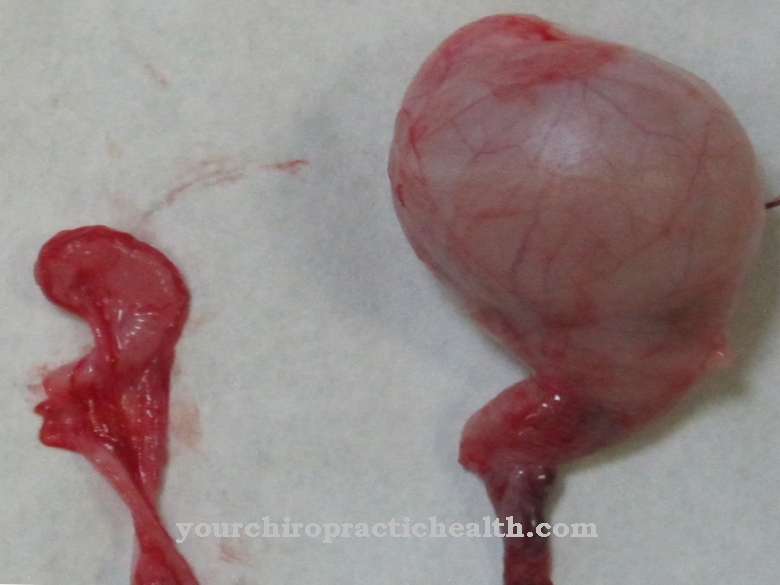


















.jpg)



